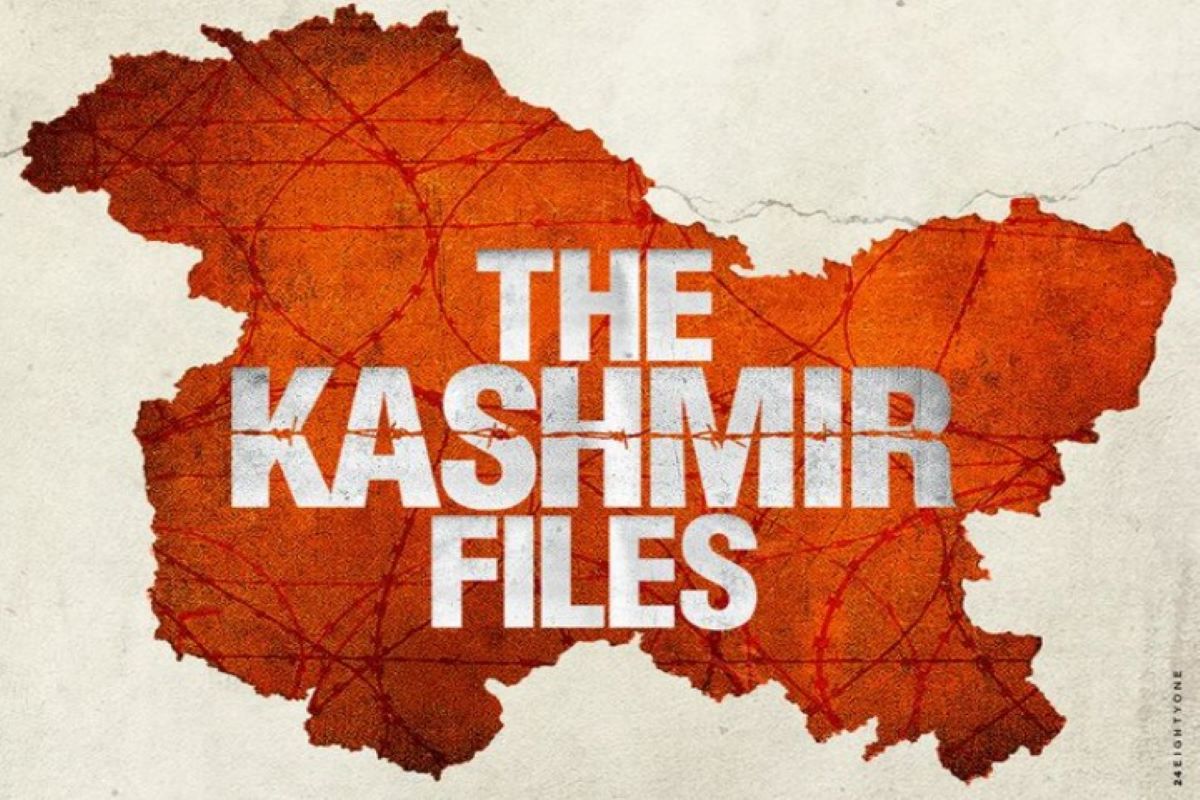Mel Gibson is a Hollywood superstar. He is also a known anti-Semite. Some years back he made a movie called Passion of the Christ. It implied that Jews had killed Christ. The schism between Christianity and Judaism rests on this one main point. Christians believe that Jews were the killers of Christ. No matter that Christ was Jewish himself. The movie was a blockbuster.
I remember reading about devout Christians seeing the movie and openly sobbing in the theatre. Suffice it to say that Jews were cagey about the film. There are files, and then there are files, and then there are some more files. Rana Ayyub shot to fame with her book, The Gujarat Files, which last I checked had sold more than 600,000 copies. It also landed her a coveted slot as a columnist with the highly influential American paper, The Washington Post.
Advertisement
She uses her new bully pulpit to never spare Narendra Modi for all his seeming misdeeds. Now The Kashmir Files have come. But before I address the mass hysteria that it is generating, let us spare a thought for some other files. Let’s discuss The Punjab Files for instance. These are probably the least talked about files in independent India’s history. Jarnail Singh Bhindranwale was a Sikh cleric turned militant. He terrorized the Hindus of Punjab from 1980-84.
As a callow youth of 16, and in my twelfth grade, I wanted to apply to engineering college at the University of Kurukshetra. I was taking the bus from Delhi along with a friend. My friend’s mother advised us not to go. She was afraid what might happen to us Hindu boys if we were to traverse Punjab. Hindus in buses in Punjab were being pulled out and shot. On the return journey, we had to take a Punjab Roadways bus that crossed Punjab. We could scarcely breathe all the time we were inside Punjab.
As soon as the bus got out of Punjab’s borders, we heaved a sigh of relief. There is no clear estimate how many Hindus Bhindranwale killed for there has been no accounting, but the number could well have been in the thousands. In Punjabi towns like Ludhiana and Patiala, Sikhs used to openly ask in the evening, what’s the score of the day? Meaning how many Hindus had been killed that day.
In an interview with Madhu Trehan of Newslaundry, Arun Shourie said that by 1984, the year that Bhindranwale was finally killed, minorities in India, read Sikhs and Muslims, had started to regard the Hindu male as effete. That if you slapped his one cheek, he would proffer the other. The Hindu dam burst with Indira Gandhi’s assassination. Let’s call this phase The Delhi Files.
Hindus were enraged by the assassination of Gandhi by Sikhs. This has often been the most cited reason for the antiSikh pogrom of 1984, but the Hindu killings in Punjab by Sikhs between 1980-84 also contributed greatly. Thousands of Sikhs were massacred in cold blood in Delhi and in towns like Kanpur. Only one man, Sajjan Kumar, has been found guilty and has met his just fate. But Sikhs talk endlessly about The Delhi Files. They scarcely ever bring up the Punjab Files. Mercifully, no well-known movie has been made or a popular book has been written about either The Punjab Files or The Delhi Files.
The Gujarat Files and The Kashmir Files are setting a trend, so we should expect to see something made on the Punjab Files and/or The Delhi Files. In as communally charged a country as India, is it right to show these files? These files are the big ones. There have been many smaller files like Muzzafarnagar or the recent riots in Delhi. It is important to show the truth as it happened. But one man’s meat is another man’s poison. Hindus must have caviled at The Gujarat Files.
So are Muslims caviling against The Kashmir Files today. In India, there is riot after riot after riot. In every one, one community is the aggressor and the other the victim. One way out is to stop the riots altogether. But our law enforcement authorities become partisan during them. During The Punjab Files, the Punjab Police openly favoured Sikhs. During the Delhi Files, the Delhi Police brazenly took the side of Hindu rioters. The army is more neutral, but how much so? It was the early nineties.
My father was renting his flat to a Sikh Brigadier who had served in Kashmir. I asked him if there were human rights violations going on in Kashmir. He responded that wherever the army is present, it will dominate. I took his answer to mean that the army was violating human rights in Kashmir. The brigadier went on to say that the solution in Kashmir could never be a military one; that it had to be political. Thirty years later and there is still no sign of a political solution.
A film called The Kashmir Files II should also be made to highlight the endless suffering of Kashmiri Muslims. Maybe you know the saying, “When you point one finger, there are three fingers pointing back to you”. Jesus had a version of this wisdom when he said, “Don’t focus on the speck in your brother’s eye while ignoring the log in your own eye”. When cruel accusations fly, we all need to hear the voice of reason that says, “Look in the mirror, sister. You might just be talking about yourself”.
India’s large and growing communities have to live side by side. What happens to the country at large if one community or the other keeps exposing someone else? We will never be united. We will always live with a victim complex. So perhaps it is apt to put an end to all such exposure. Or maybe it isn’t. It’s a hard call.
(The writer is an expert on energy and contributes regularly to publications in
India and overseas.)









